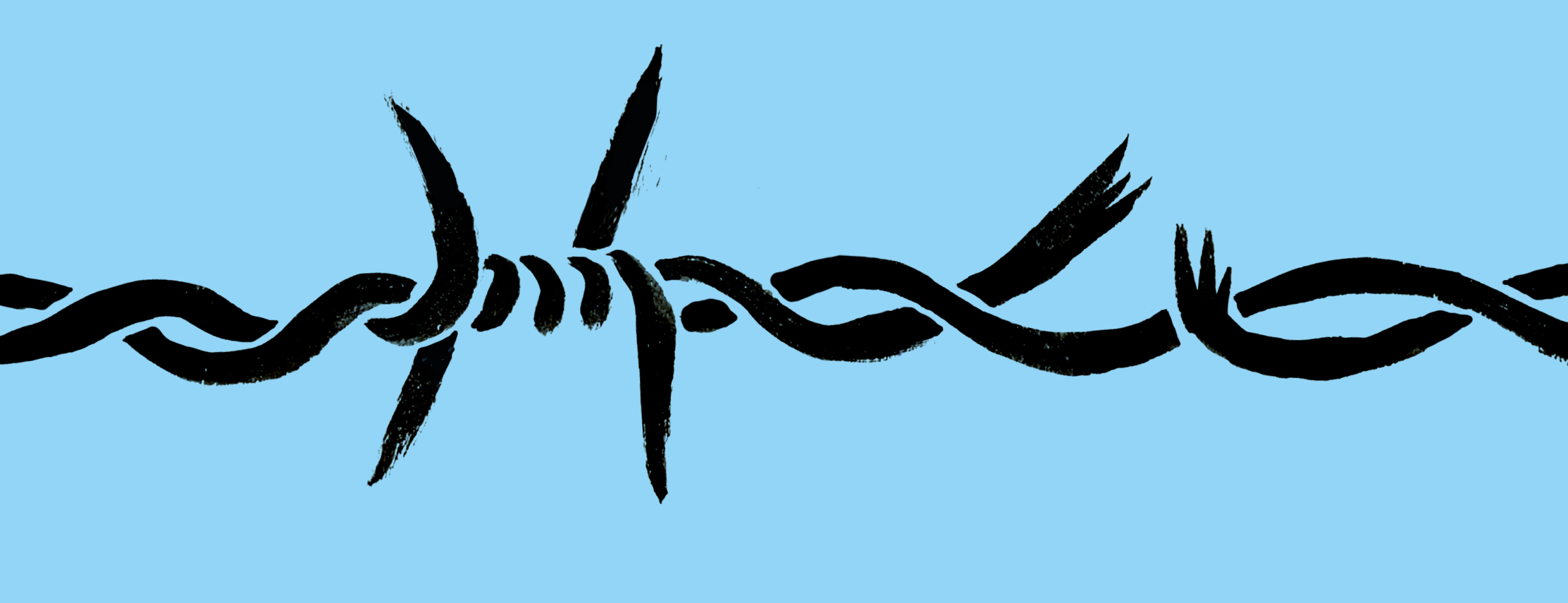
“My mum asked me if I was afraid the same thing could happen again. No, I said. Why?, she asked. Because we have Human Rights now, I replied.”
Kirsi Hanifin and her daughter Ellen (aged 13) were inspired to contribute a guest blog to Make Rights Real, after visiting the Auschwitz Concentration Camp museum in Poland during the summer of 2015. In this guest post, they tell of how the visit – for them – underscored the importance of human rights.
Auschwitz is a museum, a relic of the past. But because we know it is a museum about people, there is an ever-present feeling that this museum could spring to life.
The details of the death camp tell the stories of the individual people unknown to us. But the universal, timeless theme is about oppression, disregard for basic human rights and our humanity always walking on the edge of a violent aggression ready to destroy our fellow human beings.
None of the visitors identify with the oppressor, in this case the operators of the Nazi Third Reich. We all want to defend the people whose faces cover the wall, who we know to have died in most horrific circumstances. We all wish we could whisk away the children and bring them to safety, but we are decades too late.
Auschwitz being timeless, deep down we know the oppressor is back. He never went away. That is why Auschwitz can spring to life, at any time. Just different people, some other place, in another time.
It is a continuous effort to keep Auschwitz a museum.

Ellen’s Thoughts
I wanted to go to Auschwitz because I had heard so much about it. It was all in the past. I wanted to see what it was like. If I was to pick one thing I remember the best, it would probably be the gate into camp number 2. My mum asked me if I was afraid the same thing could happen again. No, I said. Why?, she asked. Because we have human rights now, I replied.

The book, ‘The Boy in The Striped Pyjamas’, was a catalyst for Ellen who had already read about the subject. Here, Ellen stands at the fence which in the book separated the two friends.
Kirsi’s Thoughts
Orphan child Hana Fuchs’ suitcase may be one of the most photographed suitcases in the world. Born in 1936, she died in Auschwitz. It is perhaps appropriate that Hana does not have a face, just a name on a suitcase. She could be any child, passing through.

Hana Fuchs’ suitcase
Of all the objects, sinister buildings, execution walls and bunk beds, the most striking object is this one suitcase. It is a very silent suitcase. That is perhaps why it whispers so loudly: “I am not just a suitcase. I am Hana Fuchs.”
Hana could be another child in another place in another time. The rest is up to us.
Like Ellen, I hope that it can all be different now because we have Human Rights.
All photos by Kirsi & Ellen.




